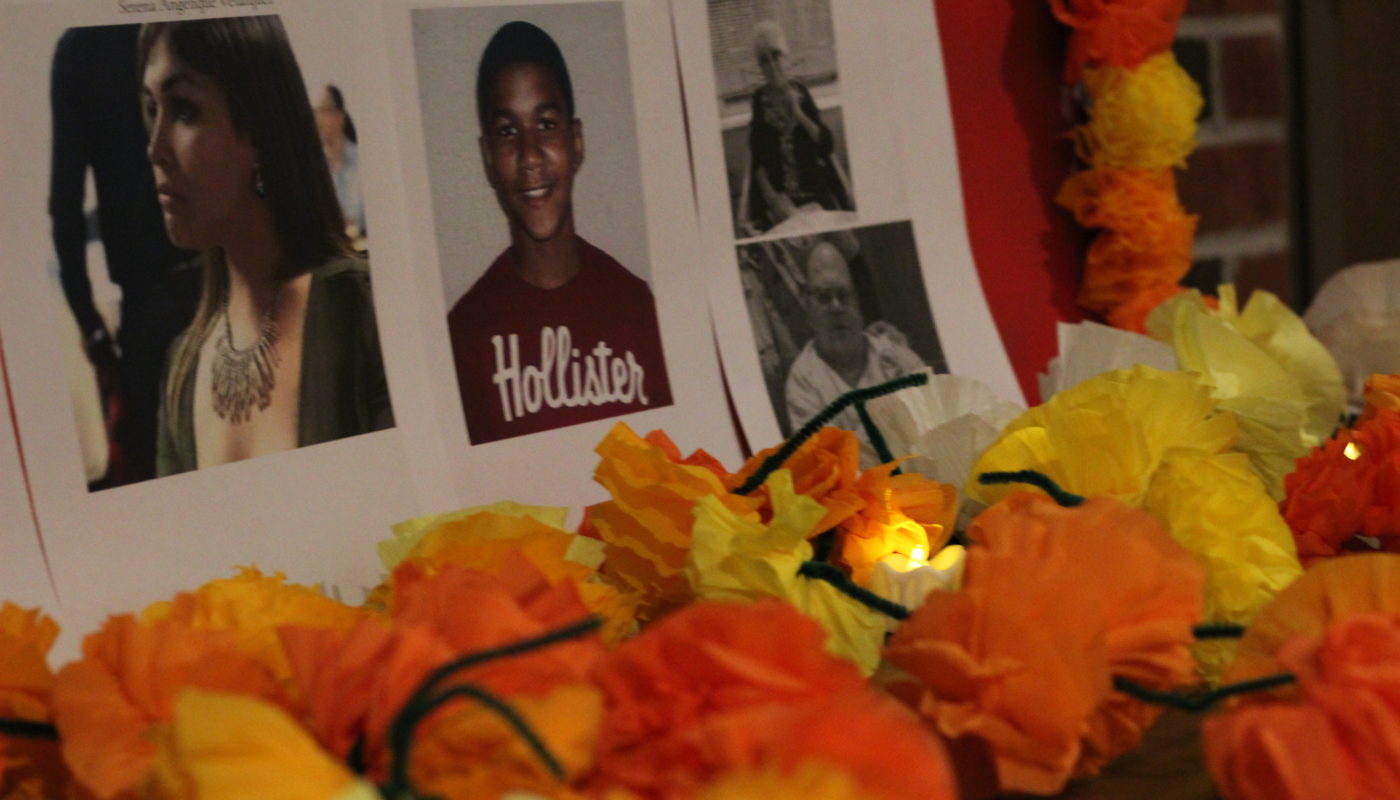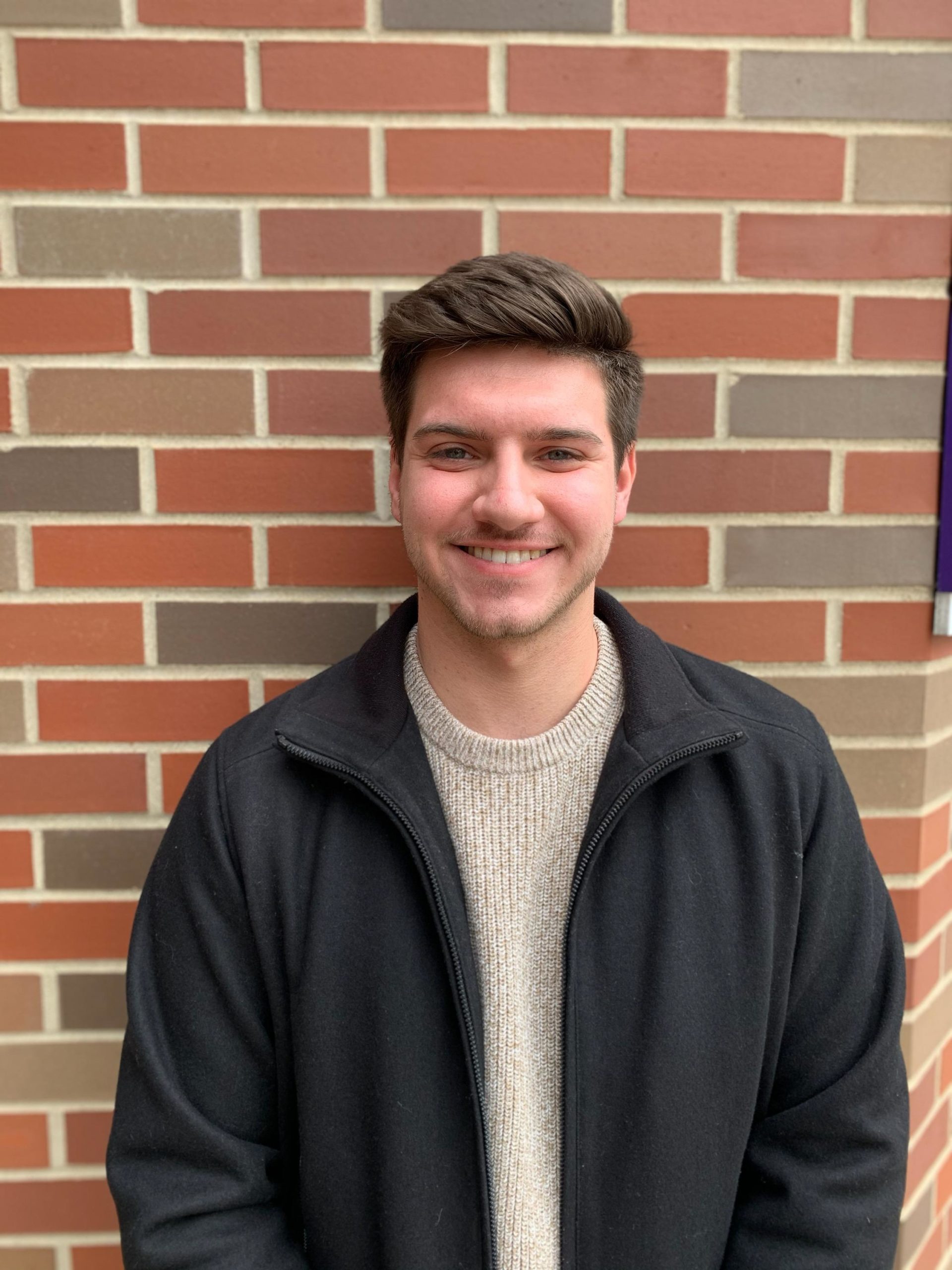Everyone knows Halloween and how it works, but not everyone knows about the holiday Dia de Los Muertos. Even fewer people are aware of how it works and the significance behind it.
The whole idea of Dias de Los Muertos is based on the principle that death is a significant part of life and should not be feared in the same way it is by many people today.

One thing that is important to account for is that Dia de Los Muertos and Halloween are not the same things, nor is Dia de Los Muertos simply the Mexican version of Halloween.
Apart from the parties, costumes, and once per year decorations, they have nearly nothing in common.
A student organization at Capital University, SOLA (Students Of Latinx Affinity) recently hosted an event at Trinity Lutheran Seminary on Nov. 2, the day Dia de Los Muertos falls on.
The event featured free food and crafts, including ceramic skulls and paint to decorate them with. In addition, there were also decorations that are significant to the holiday, as well as a memorial for those who have unfortunately died due to injustices throughout the country and COVID-19.
A large part of the concept of this holiday is that on Oct. 31, the barrier between the spirit world and our physical world falls down. From Oct. 31 until Nov. 2 people can, in theory, interact with the spirits of dead loved ones.
Cynthia Carroll, a third-year double majoring in psychology and Spanish, who is highly involved with SOLA, said, “In our community death is not something that you are supposed to fear,” said Carroll. “We are so connected to the spirit and there is never going to not be that connection.”
This is partly the reasoning behind the decorative skulls or calaveras. The decorations adorning the skulls are meant to represent the idea that while death may seem negative at first glance, it actually has positive undertones. This is what the calaveras highlight.
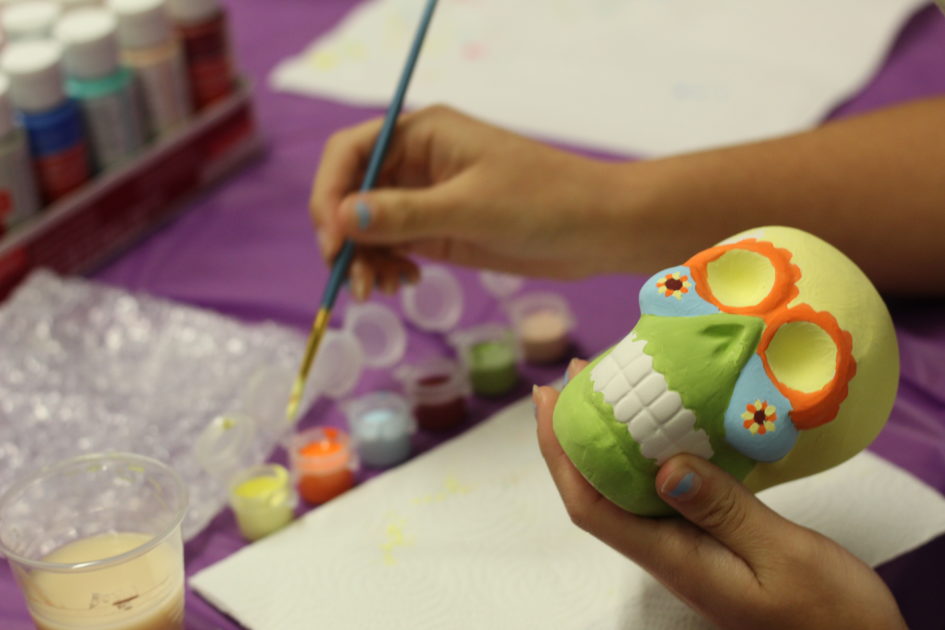
Additionally, something else that carries significance in this holiday is the ofrendas. This is a sort of altar that families build in their homes and decorate with candles and marigolds.
On top of that, food is also provided. If it is a private event or party, then the food will almost definitely be something that was rather fond of a late family member.
“This year we made 230 marigolds to represent the 230,000 lives that were lost to COVID-19,” Carroll said. “We also have pictures of people who lost their life due to social injustice, police brutality, and people who died in the ICE detention centers, because they’re not just numbers.”
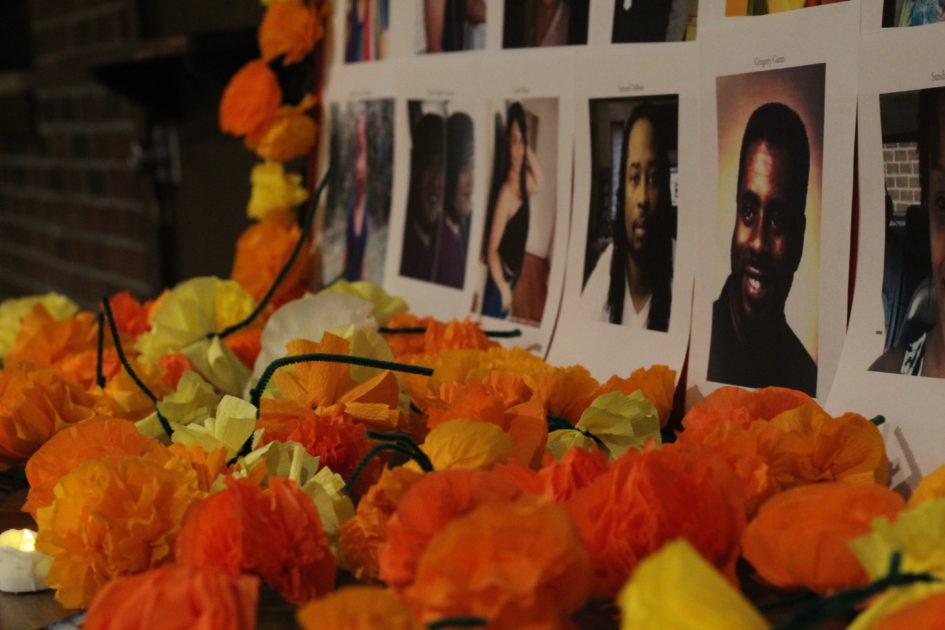
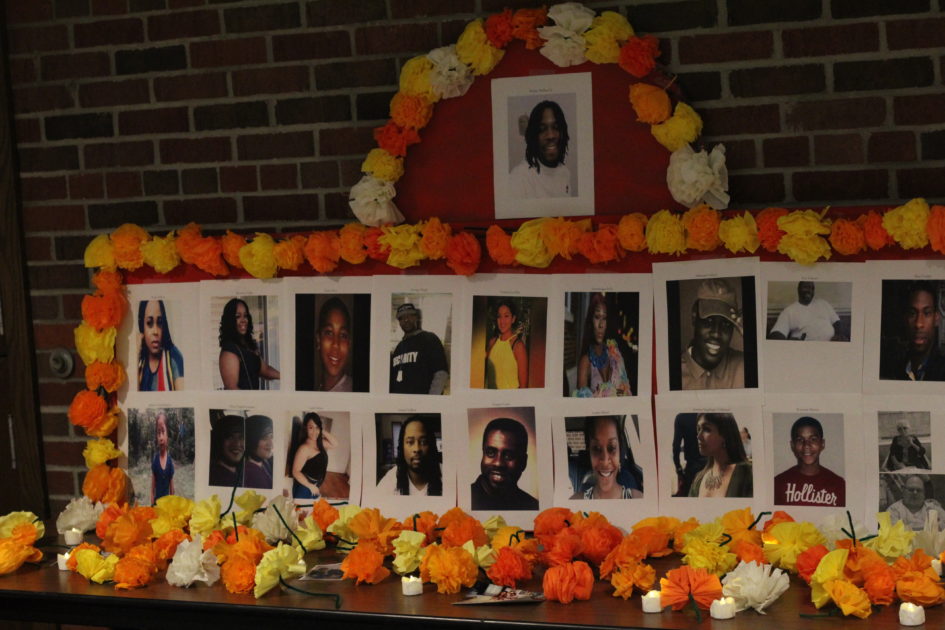
Another significant part of Dia de Los Muertos is to bring food to gravesites. Katia Ruiz-Murillo, second-year psychology major and Spanish minor said, “at the graveyard, we also bring food so that people who have passed are also able to enjoy that food with us and company as we remember them and their time with us.”
The event was put on in collaboration with AMP and the Trinity Lutheran Seminary. It takes place every year on Nov. 2.
Additional information taken from History.com

